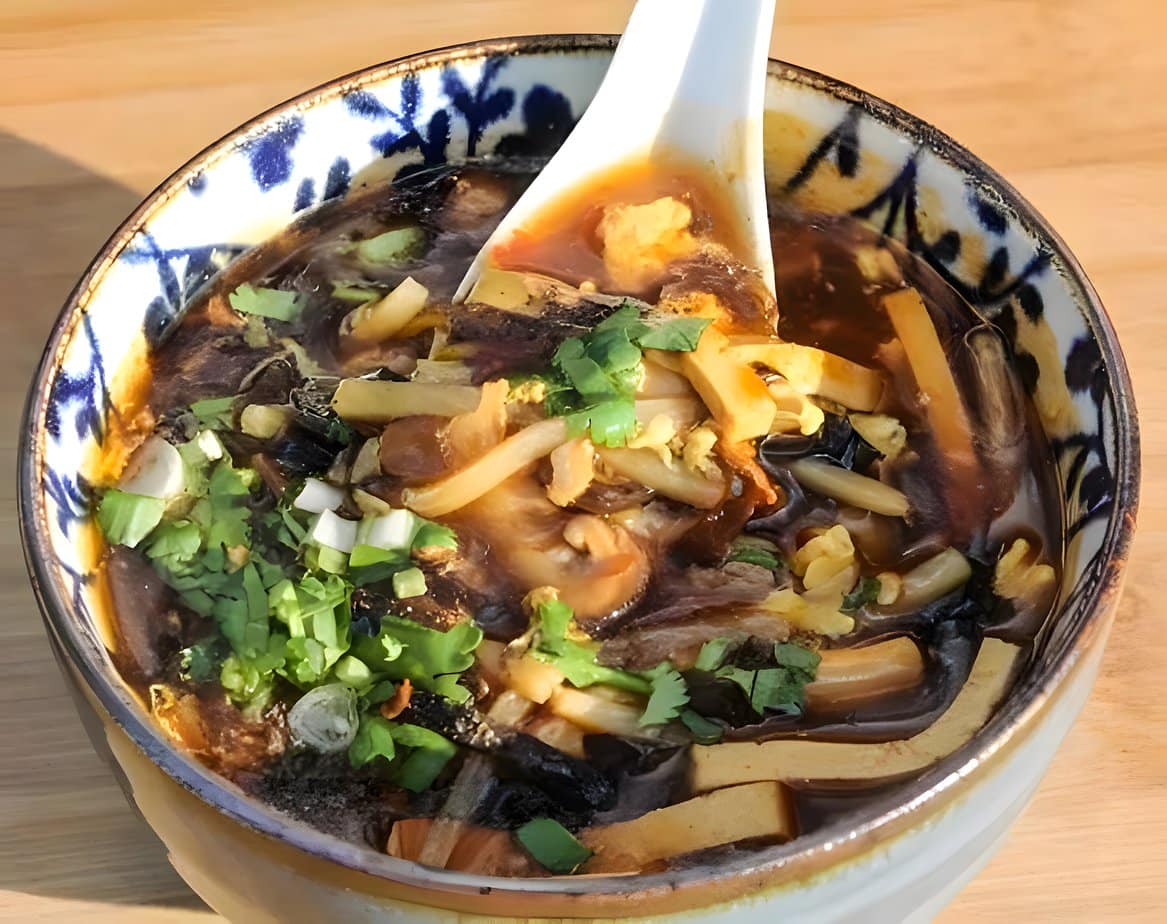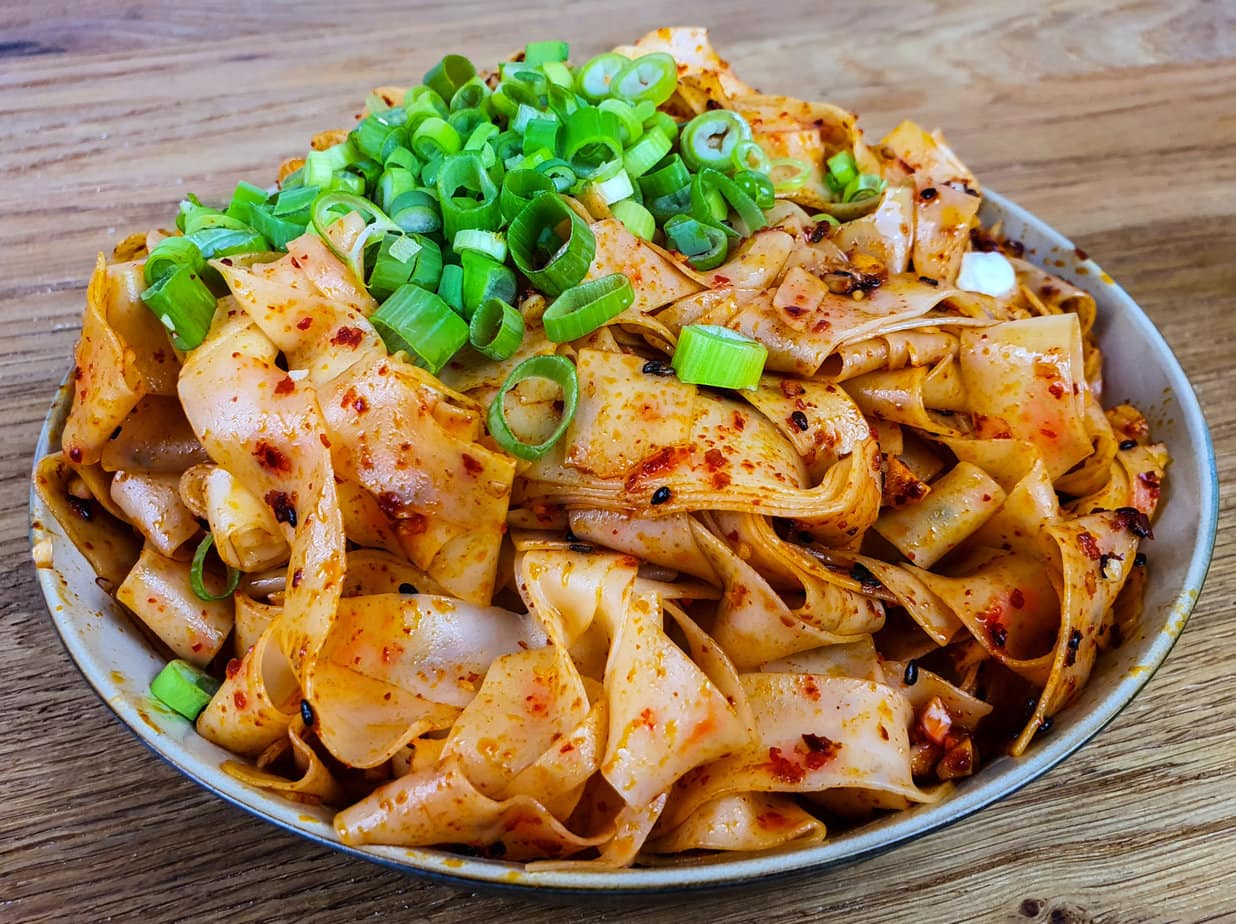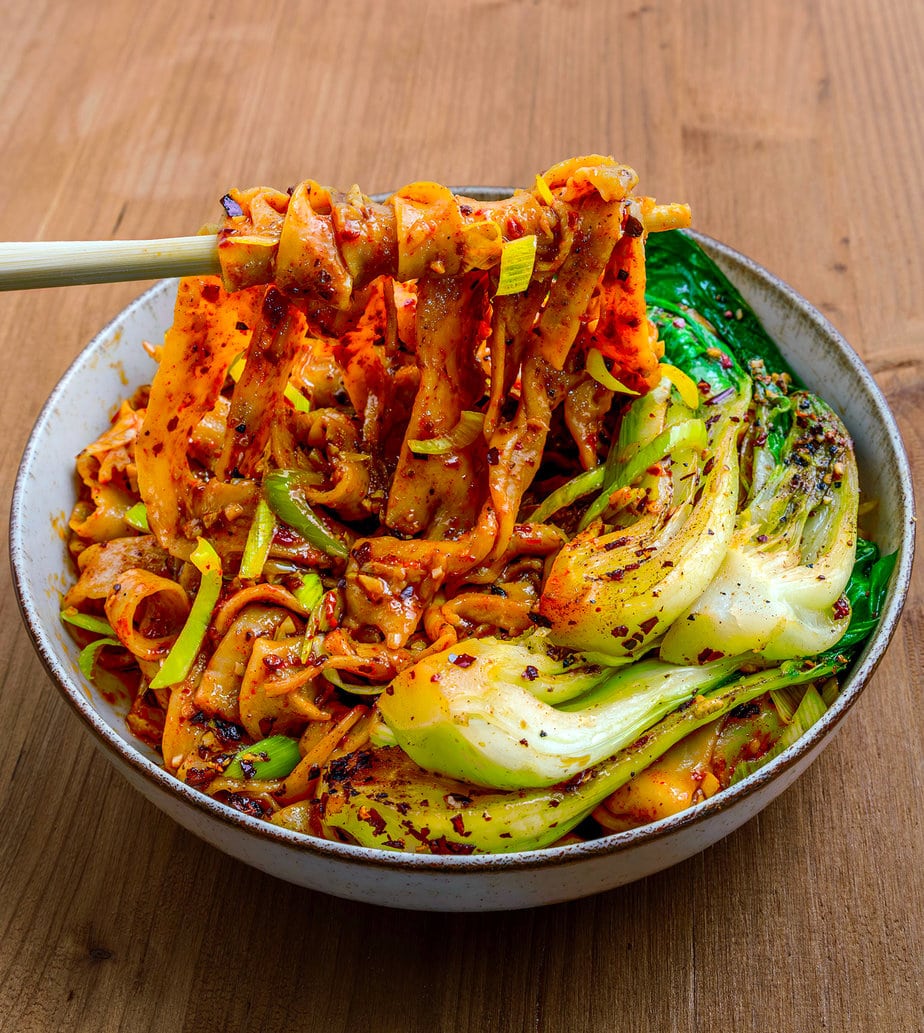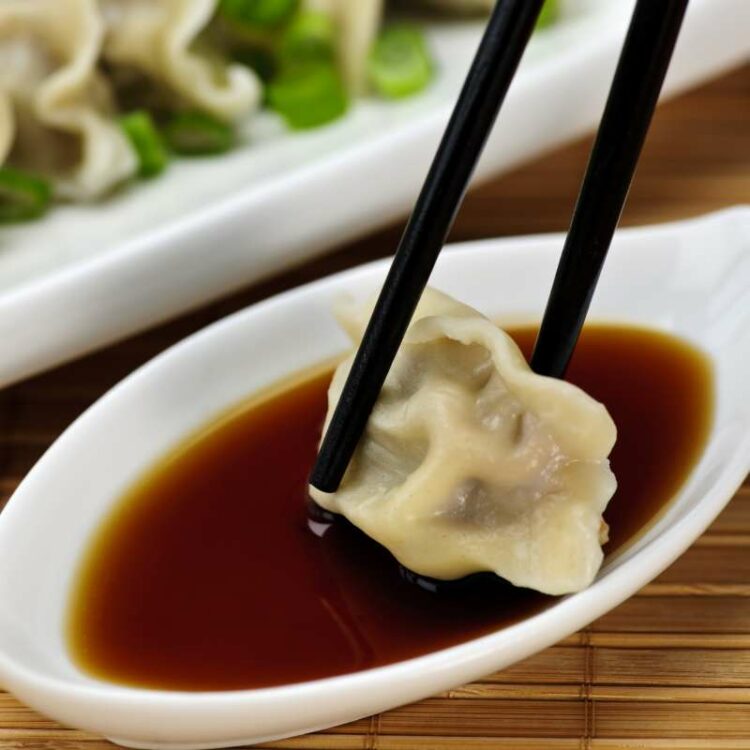What is black rice vinegar?
Black rice vinegar is a condiment widely used in Asian cuisine, but especially in Chinese cuisine.
Along with red rice vinegar and white rice vinegar, it’s one of the three varieties of rice vinegar. Completely black in color, black rice vinegar has a complex taste, moderately acidic with a sweet note.
Its creation process is quite similar to balsamic vinegar, but the basic ingredients are different.
Origins of black rice vinegar?
Black rice vinegar, like many other grain-based vinegars, first appeared in China. But very quickly, the process spread throughout Asia. For black rice vinegar, black glutinous rice is used and combined with yeast to obtain rice alcohol.

A bacteria is then added that transforms this alcohol into acetic acid, the dominant compound in rice vinegar.
Note, however, that the recipes have changed slightly from one country to another during their spread in Asia.
For example, Korea and Japan use brown rice to produce a black rice vinegar very similar to that produced in China.
However, in Taiwan, the recipe is very different: many vegetables are added to the rice, which will infuse for a long time in this kind of broth, ultimately resulting in a vinegar very close to Worcestershire sauce.
How to use black rice vinegar?
You can use black rice vinegar in all sorts of Chinese cuisine recipes. It’s a great condiment for your dim sum, noodles, braised meats and fish, and for cold appetizers.
It’s also used to make a delicious chili oil to season noodles

Like any vinegar, it will add acidity to your foods. It therefore also pairs very well with different salads.
Compared to white rice vinegar, black vinegar is more aromatic. It will add much more nuance to your foods, and not just that little touch of acid to “cut” the fatty sensation that any vinegar provides.

Replacing black rice vinegar
Couldn’t find black rice vinegar at the store? No problem, it’s entirely possible to replace it in your recipe.
The substitute will depend on what effect you’re looking for the most. If you wanted to add acidity to your food, you can use its cousins, white and red rice vinegars, which are easier to find in stores.
If, on the other hand, you were looking for the sweeter and more aromatic notes that black rice vinegar normally offers, then I advise you to replace it with balsamic vinegar.
Be careful though! Balsamic is much milder, so you’ll need to use less, diluting it in water for example.
Other alternatives are possible. Malt vinegar, apple cider vinegar, both in equal quantity to black rice vinegar, red wine vinegar (use half as much), or even simple apple juice (use three tablespoons for one tablespoon of black rice vinegar).
Storing black rice vinegar
For optimal storage, I recommend keeping your black rice vinegar in a cool, dry, and dark place, such as in a cupboard, along with all your other types of vinegars.
Usually, room temperature is suitable for this type of condiment, but some producers may advise you to store it in the refrigerator after opening.
Black rice vinegar can still be perfectly consumable several years after the date indicated on the packaging.
However, as it is less acidic than other vinegars, it doesn’t retain its flavor as well as them. Keep in mind that if you want to preserve the taste beyond five years, it’s better to store it in the fridge. Generally, a change in color shows signs of deterioration, and at that point, it should be discarded.

